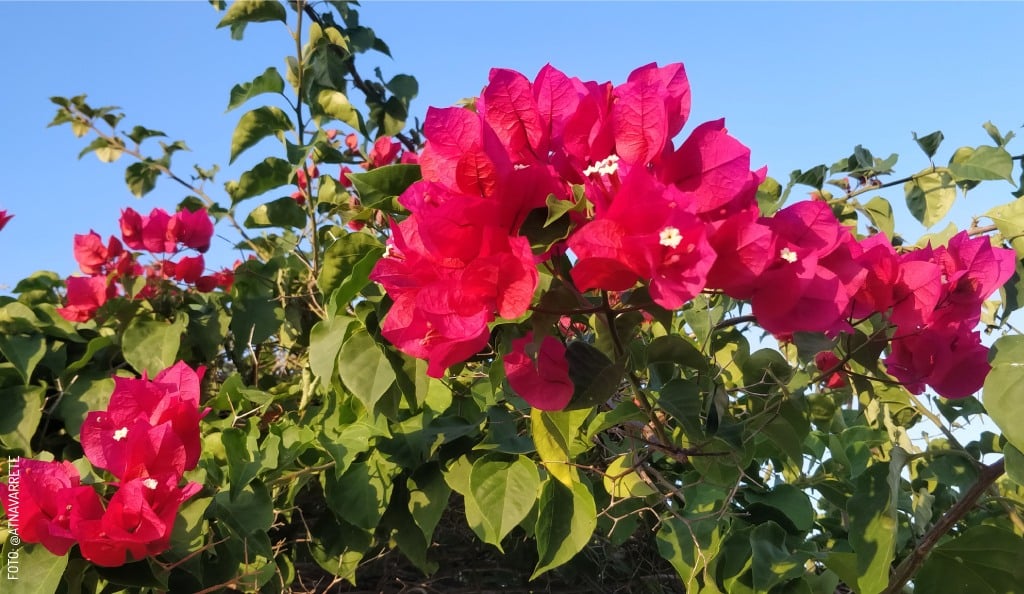
Traditional Maya Medicine in Yucatán
Yucatán is one of the few places in the American continent where you can find considerable medical literature in a native language. Since the 17th century, the Spanish began copying and translating several Maya manuscripts that included guides for the use of different medicinal plants to treat all kinds of ailments. This is not surprising, as the original inhabitants of these lands had known, studied, and used the healing properties of native plants for centuries.
Who practices traditional Maya medicine?
Since then, and to this day, this knowledge is in the hands of people with different “specialties,” such as the J-meenes (priests), J-ts’aakes (healers), and Pul Ya’ajes (sorcerers). This information was formally documented for the first time in the essay 'Farmacopea Maya' (Maya Pharmacopoeia) by Dr. Narciso Souza Novelo, the most prolific researcher of Yucatecan flora and Maya culture in the 20th century.
In his publication, Dr. Souza points out that various medicinal properties are attributed to the same plant, and in some cases, the same healing properties to different plants. At the same time, certain ailments are addressed by combining several of them or even adding ingredients of animal and mineral origin.
How traditional Maya medicine works
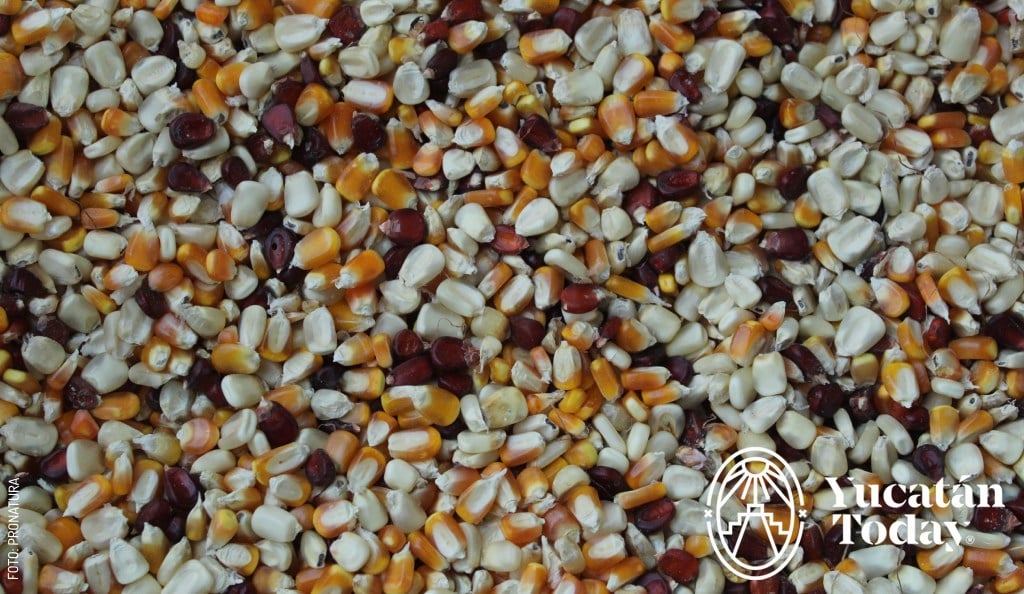 According to the observations of Dr. Narciso Souza, indigenous medicine was often related to magic or witchcraft, as certain ceremonies involving plants were what granted them healing properties. On the other hand, to effectively produce the expected effects, the treatment was prescribed for a specific day of the week (usually Fridays), a certain time of day, or a lunar phase. Additionally, the number of units was important: nine plumeria flowers, nine leaves of X-kakaltun (basil), nine grains of corn, etc.
According to the observations of Dr. Narciso Souza, indigenous medicine was often related to magic or witchcraft, as certain ceremonies involving plants were what granted them healing properties. On the other hand, to effectively produce the expected effects, the treatment was prescribed for a specific day of the week (usually Fridays), a certain time of day, or a lunar phase. Additionally, the number of units was important: nine plumeria flowers, nine leaves of X-kakaltun (basil), nine grains of corn, etc.
But those are not the only exciting aspects worth noting. In one remedy against snake bites, for example, ten types of plants are involved. Most of them have the word 'Kaan' (which means snake) or a similar word in their names. Could it be because their usage incorporated the name, or did their name lead to the testing of their properties?
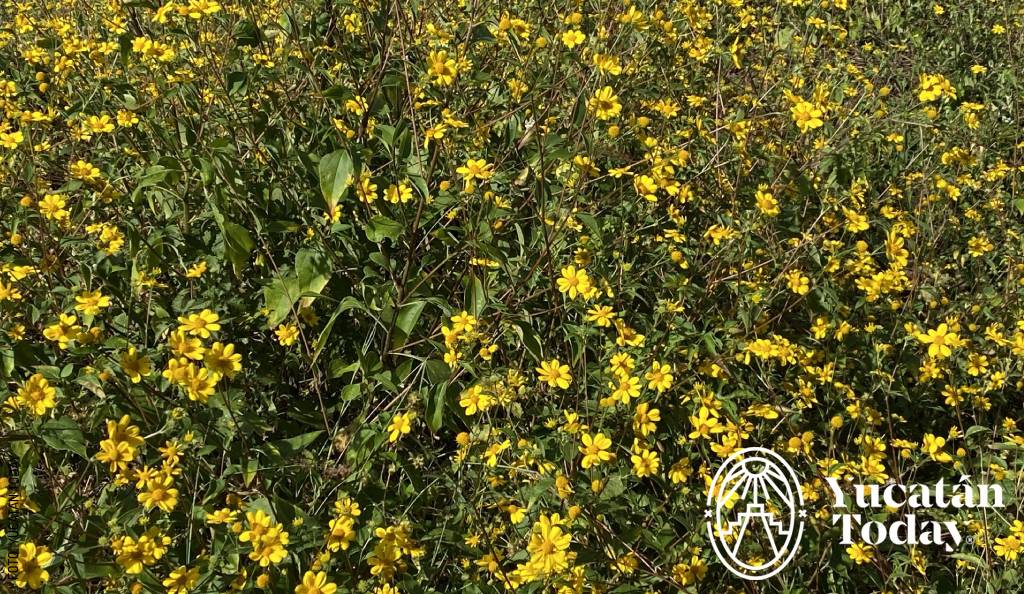 Furthermore, Dr. Souza Novelo mentions that the empirical knowledge of Yucatecan indigenous people regarding medicinal plants and herbalism takes into account the shape and color of the species in question. For instance, species with yellow flowers, leaves, wood, resin, or roots were believed to be good for curing 'yellow' diseases, such as K'an chik'in (jaundice), while those with red tones were thought to be effective in curing 'red' ailments, like Xeej k’i’ik’ (vomiting blood).
Furthermore, Dr. Souza Novelo mentions that the empirical knowledge of Yucatecan indigenous people regarding medicinal plants and herbalism takes into account the shape and color of the species in question. For instance, species with yellow flowers, leaves, wood, resin, or roots were believed to be good for curing 'yellow' diseases, such as K'an chik'in (jaundice), while those with red tones were thought to be effective in curing 'red' ailments, like Xeej k’i’ik’ (vomiting blood).
The Maya and the origin of diseases
For the Maya, diseases were a result of an imbalance between the body and the soul; to heal, the patient had to restore natural order by aligning their physical body with the energy of the universe and the earth.
Hence the importance of the aforementioned J-menes (priests), J-ts’aakes (healers), and Pul Ya’ajes (sorcerers), who diagnosed and prescribed infusions or 'baths' with herbs, massages, and rituals, to help the sick regain harmony.
Preservation and dissemination of traditional Maya medicine
As mentioned above, traditional Maya medicine is based on elements of nature, including plants with medicinal properties and the use of animal and mineral elements. Knowledge was passed down orally from generation to generation: grandparents showed their children and grandchildren how to plant native medicinal plants and how to use them, preparing them in different ways according to the ailment.
Although there are currently no surviving books or treatises on traditional Maya medicine, this tradition is kept alive through the J-menes, J-ts’aakes, and Pul Ya’ajes, primarily residing in communities, preserving this age-old use of plants and remedies that continues to be passed down through word of mouth. In order to conserve and promote it, various government and research institutions, including the Scientific Research Center of Yucatán (CICY), continuously work on documenting recipes, planting recommendations, and plant care.
Elements used in traditional Maya medicine
The Maya utilized specific elements for each ailment or discomfort. Among them, the CICY highlights the following as the most commonly used:
![J-meen, sacerdote maya, shaman]() Asclepias curassavica (Pool Kuts, tropical milkweed, or bloodflower). Cancer, toothache, skin rashes, wounds, warts.
Asclepias curassavica (Pool Kuts, tropical milkweed, or bloodflower). Cancer, toothache, skin rashes, wounds, warts.- Croton chichenensis (Xikin burro, Ek’balam or Xikin ch’omak). Minor wounds, oral herpes, rashes, scabies, and sores; it aids in healing.
- Hamelia patens (X-k’anan, or firebush). Pimples, red spots, rashes, scabies, and smallpox; it also acts as a healing agent.
- Heliotropium angiospermum (Nej miis, X-tá ulum maax or scorpion’s tail). Diarrhea, gastroenteritis, bad breath, evil eye.
- Jatropha gaumeri (Pomol che’). Wounds, stomachache, bleeding; it's a healing agent and blood coagulant.
- Ocimum micranthum (X-kakaltun or wild basil). Fevers, diarrhea, rashes, measles; works as a wound disinfectant.
- Psidium guajava (Pichi’, guava). Diarrhea, skin rashes, smallpox; stimulates breast milk production.
- Rauvolfia tetraphylla (Cabal muk, snake poison). Hemorrhages, fungi, warts, infections.
- Senna atomaria (X-tu’ja’abin or tu’ja’ché). Fever, hemorrhages, night sweats, bad air.
The modern Maya traditional healers
The heirs of Maya medicine stand out for their vocation of service and aid to individuals and communities. There are civil associations like the Liga de Comunidades Mayas A.C. or the Kuch kaab Yéetel J-men Maaya’ob, A.C. (Council of Maya Elders and Priests) that bring together some of these priests and healers, some of whom even have recognition from the Secretaría y Servicios de Salud de Yucatán (SSY - Secretary of Health Services of Yucatán). However, if you are in any non-touristy town in the state, it won't be difficult to find one by asking the locals.
Maya herbal medicine recipes
Below, we will share some traditional medicine recipes for certain ailments. It is important to emphasize that we share them to contribute to the documentation and preservation of traditional medicine; Yucatán Today does not endorse or recommend the use of any of these remedies without the supervision of a healthcare professional.
As emphasized by Dr. Marina Ku Vera in her text “ Medicina tradicional maya-yucateca ” plants contain both medicinal and toxic components and may interact unfavorably with regularly used medications or other plants.
Diabetes Control
Ingredients
1 Guarumbo leaf
1 bunch* of Neem leaves
7 X-k’an lool flowers
*Bunch is the amount that fits in one hand
Preparation
Boil the ingredients in 2 liters of water for 13 min. (Start timing when it begins to boil).
Dosage
Consume infusions as regular water for three weeks, then take a break for one week and continue (varies per patient). It is recommended to consume the entire amount daily and avoid alcoholic beverages during the treatment.
Asthma Control
Ingredients
1 bunch* of Eucalyptus
7 Bauhinia flowers
1 bunch* of broad-leaf oregano
½ bunch* of small-leaf oregano
7 lemon tea leaves
7 soursop leaves
Preparation
Boil the ingredients in 2 liters of water for 7 min. (Start timing when it begins to boil), cover and let it rest until it's warm; sweeten with honey.
Dosage
Consume warm infusions every 6 hours for 3 weeks, take a break for one week, and continue until results are achieved (varies per patient). It is recommended to avoid consuming anything cold during the treatment and to prevent exposure to cold. Maximum asthma eradication time: 52 days.
Anemia Control
Ingredients
A bunch of wild chaya
A bunch of Laal (nettle)
Preparation
Boil the ingredients in 4 liters of water, and let it boil for 13 min. Remove from heat and cover.
Dosage
Consume one cup every 6 hrs. for 7 days, then rest for 5 days and repeat until results are achieved. Variables according to each case. Eradication time for the issue: 3 months.
Cholesterol Control
Ingredients
A bunch of avocado leaves A bunch of sapote indio leaves
Preparation
Boil the ingredients in 2 liters of water, and let it boil for 7 min. Remove from heat and cover.
Dosage
Consume one cup every 8 hrs. for 9 days, then rest for 7 days and repeat until results are achieved. Variables according to each case. Eradication time for the issue: 3 months.
Ear Pain
Take a small piece (approximately the size of a raisin) of rue ( Ruta graveolens ) and wrap it in gauze. Place it in your ear at night, and you will wake up without pain.
General Pain
Indian limes (the small ones with seeds) are excellent for any pain. You can place a whole lime where you are feeling discomfort (on your stomach, against your cheek if you have a toothache, on your forehead if you have a headache, etc.). Get creative and wrap something to hold the lime. Over time, you will notice the lime wrinkling, changing color, and hardening. This means it's working and alleviating your pain.
Stomach Pain
Recipe 1: Scorpion's Tail
Stress, tension, and certain foods can upset our stomachs. If you can get some X-t’a Ulum Maax (in Maya), also known as scorpion's tail (it's not from an arachnid but the plant Heliotropium angiospermum), prepare a tea by boiling a handful of this plant with two liters of water and drink it throughout the day. You can find scorpion's tail more easily in a village.
Recipe 2: Guava
Another effective remedy for stomach issues is guava ( Psidium guajava ). Boil two or three guavas in two liters of water and drink the tea throughout the day. You can also heal by massaging your abdomen. Start at your sides and work in circular motions towards the center of your stomach. Breathe deeply or hum a relaxing tune. This will help you destress.
Sore Throat
Once again, Indian lime and Yucatecan honey come to the rescue. Combine equal parts of these ingredients and slowly take the mixture by spoonfuls. Let the medicine coat your throat and soothe the irritation. Allow some time before drinking or eating anything else. Take this mixture throughout the day.
Fever
Slice two lemons into thick slices and place them on the soles of your feet. Put on socks to hold the slices in place. Have some lemonade on the side. This medicinal fruit has healing powers that will bring down your fever.
Cough
Recipe 1: Onion
A medium-sized white or red onion is chopped. Two tablespoons of honey or brown sugar are added. The onion hydrates, forming the syrup with its juice. The first spoonful can be taken after 15 minutes. In the case of chronic bronchitis, three chopped garlic cloves are added to the syrup.
![Bugambilia traditional maya medicine by Yucatan Today]() Recipe 2: Onion and Bougainvillea
Recipe 2: Onion and Bougainvillea
Ingredients
1 liter of water
1/2 onion
5 garlic cloves
10 bougainvillea flowers
Lemon to taste
Honey to taste
Preparation
Boil the onion and garlic in 1 liter of water until it boils. Let it boil with bubbles for 5 minutes. Turn off the heat. Add the bougainvillea flowers. After 10 minutes, strain everything to leave only the water and add lemon and honey to taste.
Dosage
Drink the infusion as tea three times a day; the cough typically subsides within a maximum of five days.
You should remember to...
Remember that you should always ask for permission before harvesting any of these medicinal plants or fruits. Once you have harvested them (or bought them), set your intention with them. Do this by holding them in your hands and asking them to fulfill their healing properties, thanking them for being available and for the work they will do. When you believe, amazing things happen.
If you are fortunate enough to find yourself in a village, you will likely encounter healers who know how to treat various ailments. You can also ask them for the recipe you need with caution.
Collaborative article edited by Yucatán Today, with information and research by Anabell Castañeda, Yurina Fernández Noa, Violeta H. Cantarell, and Andrea Medina.
Photography by Alicia Navarrete, Wikipedia, and Yucatán Today for its use in Yucatán Today.
Additional sources
- Medicina tradicional maya-yucateca , B. Marina Vera Ku
- Medicina tradicional y las plantas medicinales en el contexto actual , Rafael Durán García y Martha Méndez González Desde el Herbario CICY 7: 165–168 (29/Octubre/2015) Centro de Investigación Científica de Yucatán, A.C. http://www.cicy.mx/sitios/desde_herbario/ ISSN: 2395-8790
- Biodiversidad y Desarrollo Humano en Yucatán : Flora medicinal Martha Elena Méndez González / Rafael Durán García / Simei Marisol Campos Bobadilla / Alfredo Dorantes Euán; Durán R. y M. Méndez (Eds.). 2010. Biodiversidad y Desarrollo Humano en Yucatán. CICY, PPD-FMAM, CONABIO, SEDUMA. 496 pp.
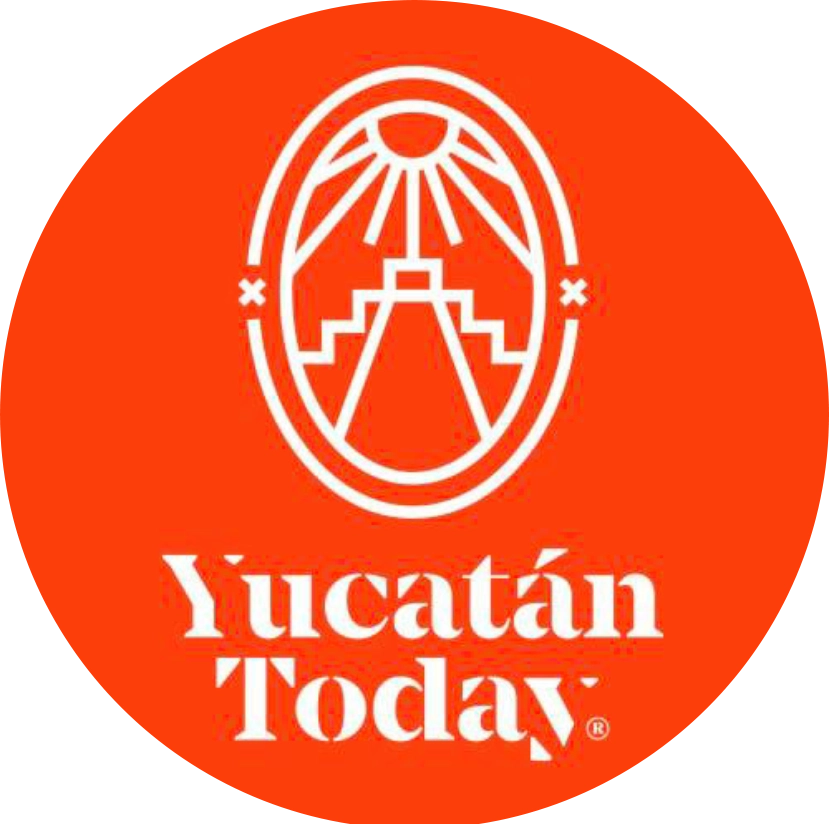
Author: Yucatán Today
Yucatán Today, la compañera del viajero, es un medio bilingüe de información turística sobre destinos, cultura, gastronomía y el qué hacer en Yucatán con 37 años de trayectoria.
Receive the latest articles and much more from the best of Yucatán in your email!
Related articles
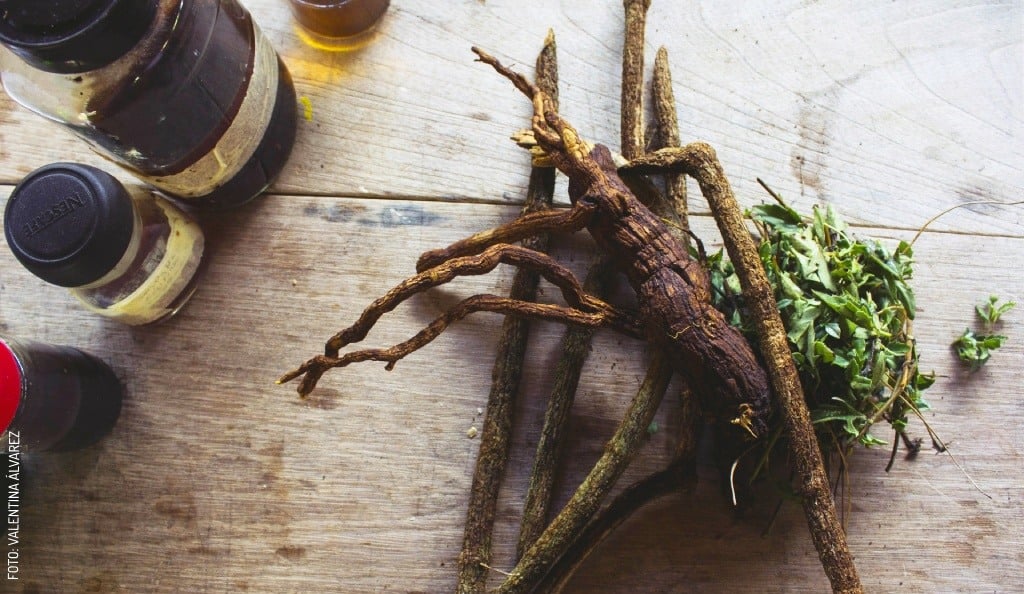
Maya "Bone-Setters" or "Massage Therapists"
Explore the traditional healing practices of Maya "Bone-Setters" and "Massage Therapists", who use intuition and natural connections to treat the...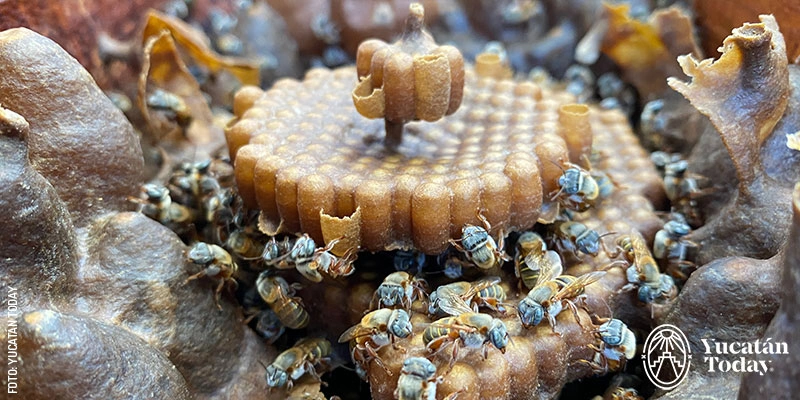
Meet Yucatán’s Native Bees
Native bees of Yucatán: Their honey, Mayan tradition, and why protect them. Learn about melipona bees and how to help their survival.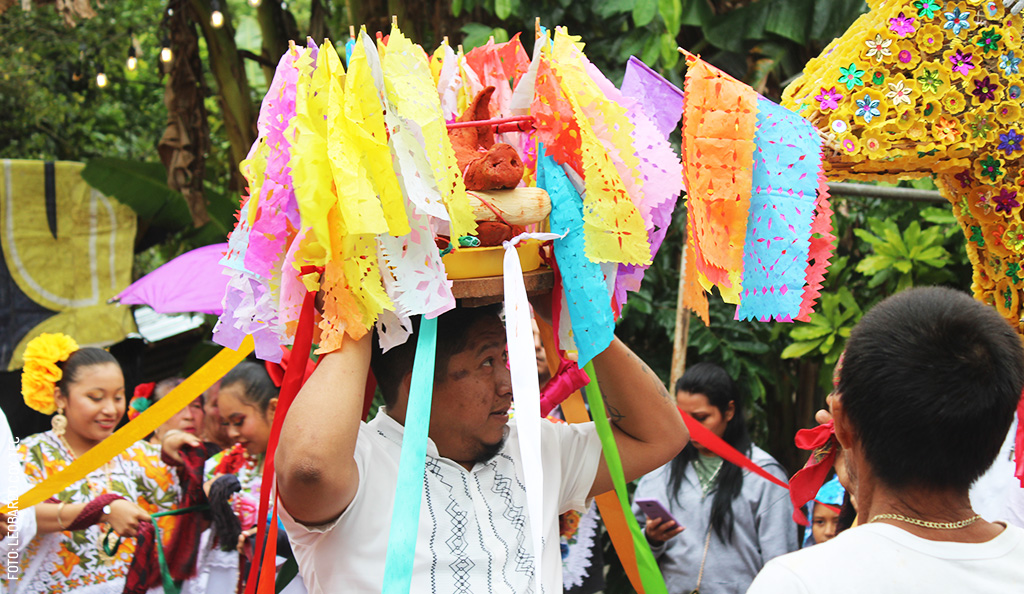



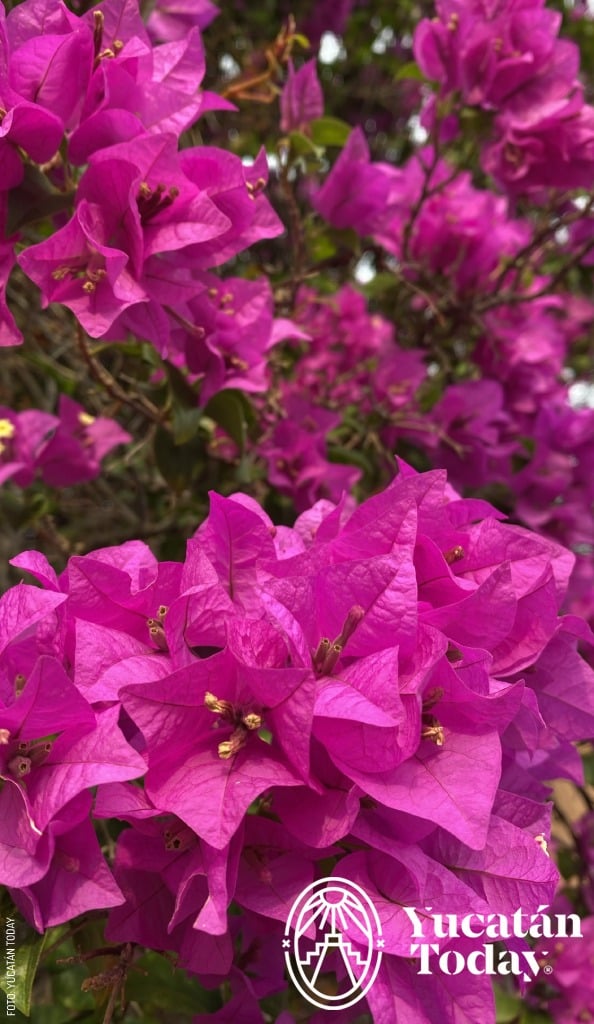
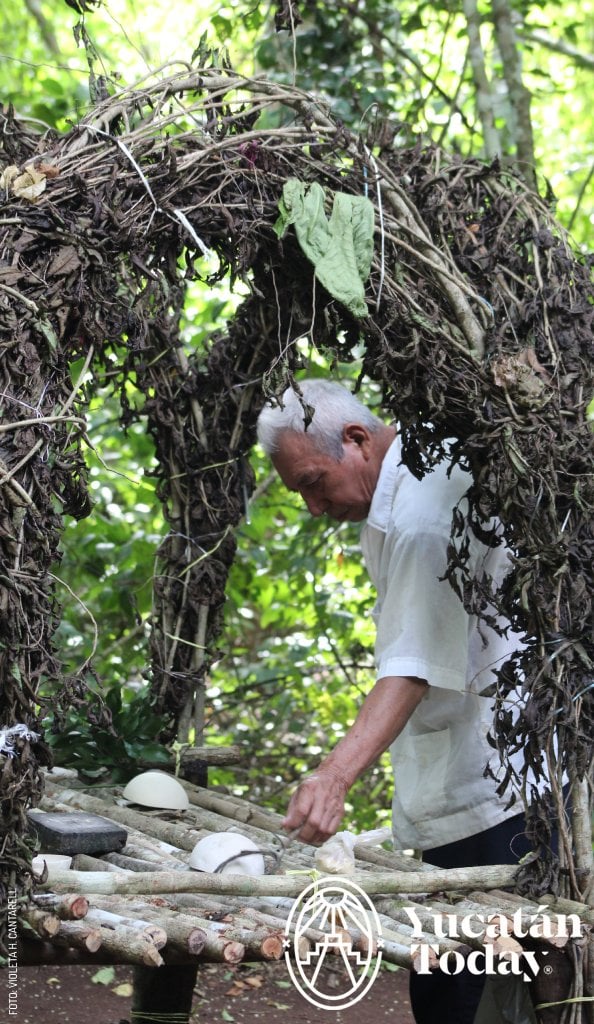 Asclepias curassavica
Asclepias curassavica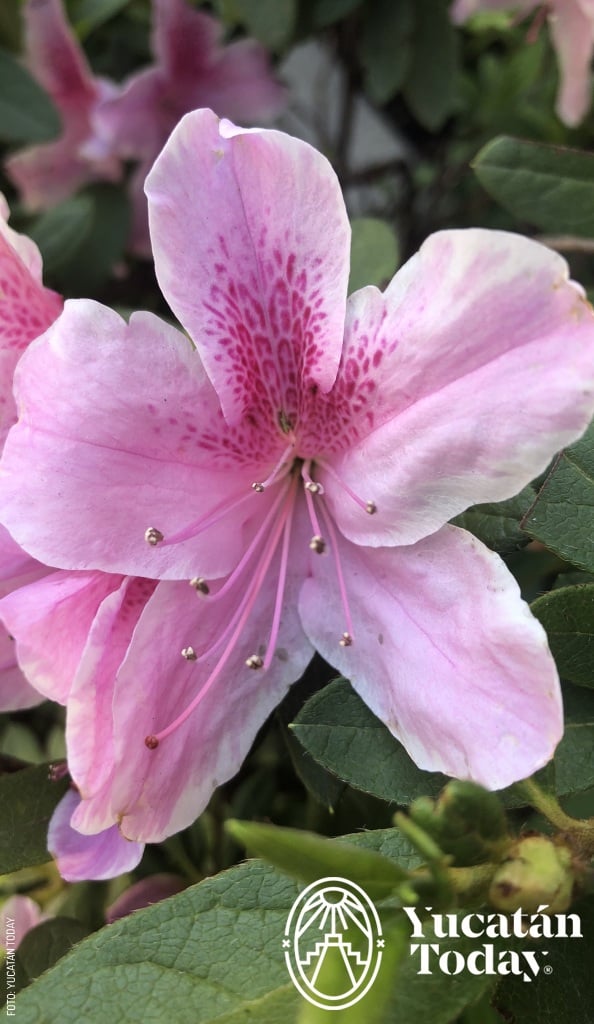
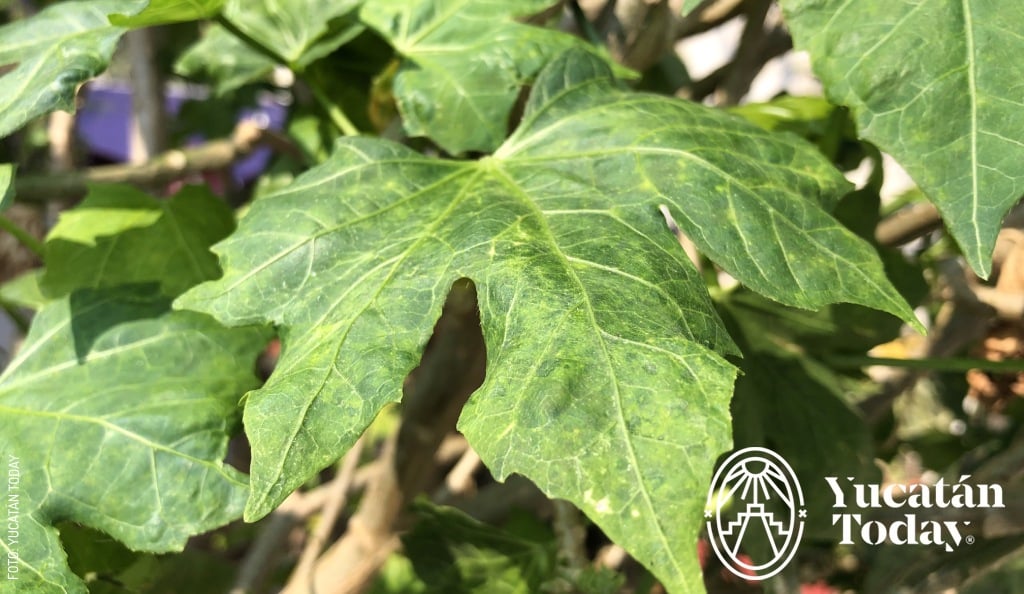
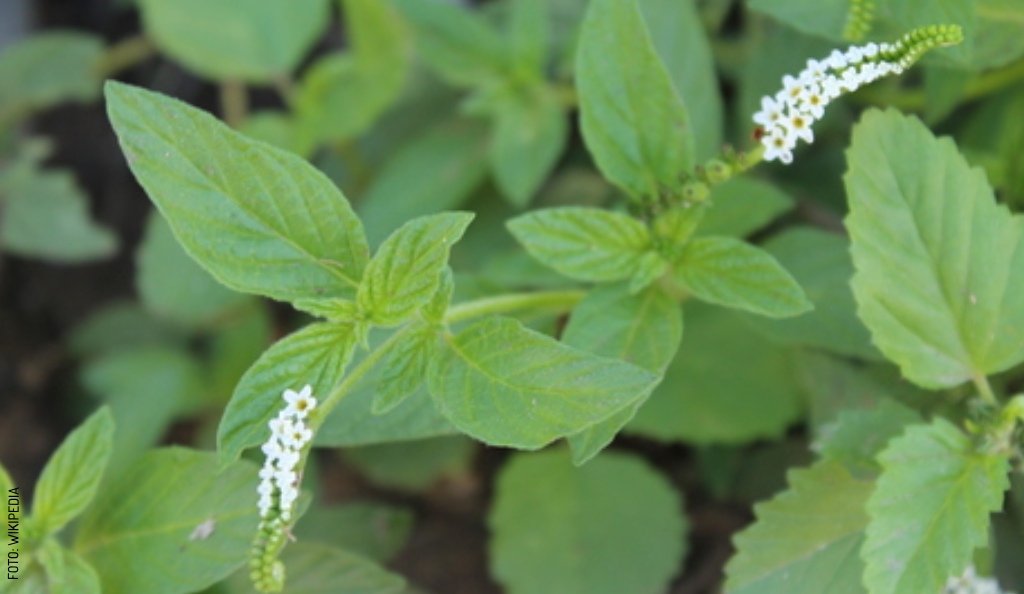
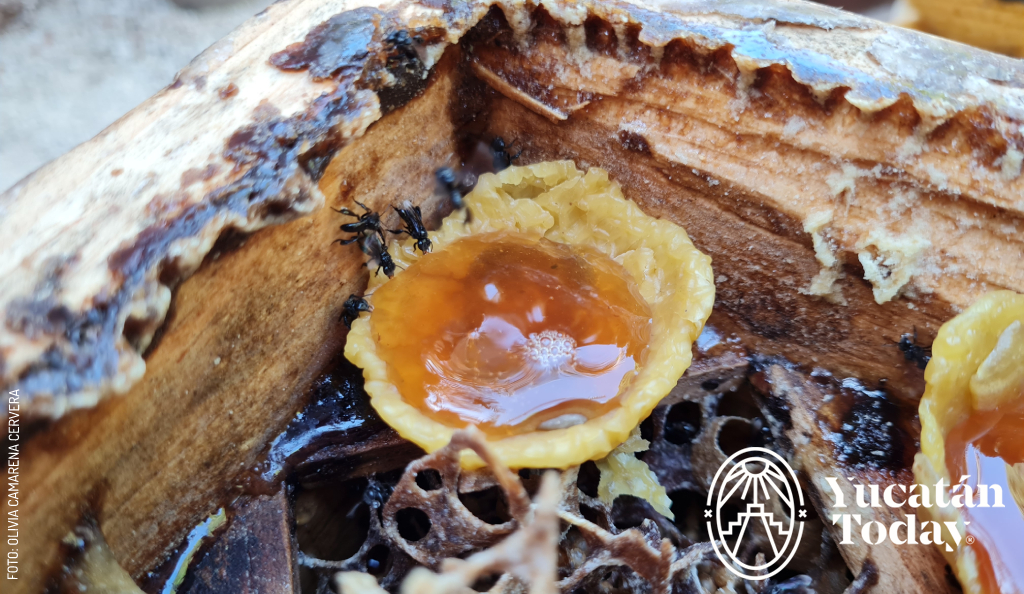
 Recipe 2: Onion and Bougainvillea
Recipe 2: Onion and Bougainvillea
